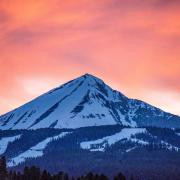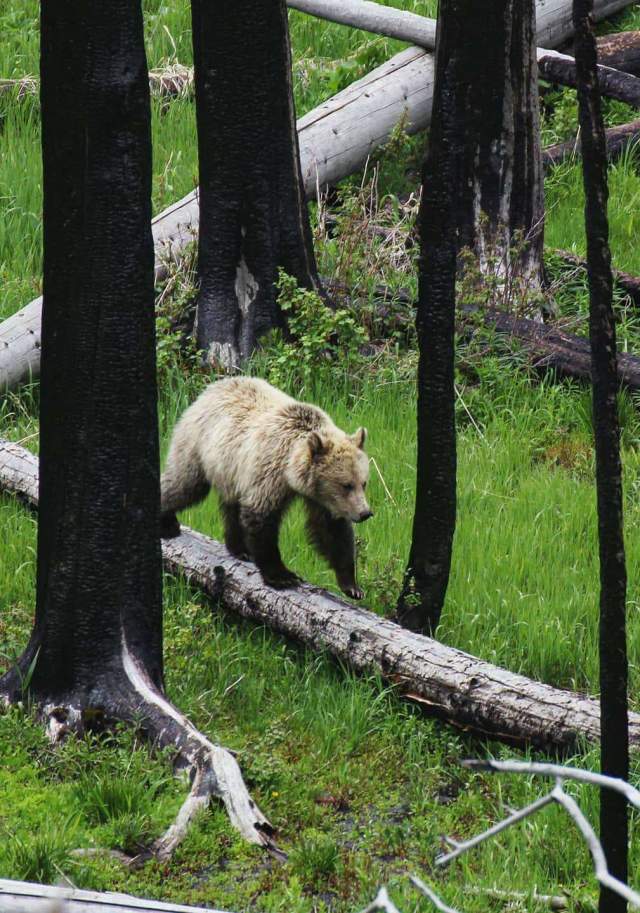Always Be Bear Aware
When you are in the great outdoors here in Montana, we have bears, and we need to be aware of them and know how to remain safe in their environment.
Here are a few tips to help you be bear safe:
- Keep any food away from bears by storing it in bear-safe containers or cans.
- Keep your site clean by picking up scraps after meals.
- Do not store food in your car.
- Place food at least 100 feet away from your campsite.
- Prepare for bear encounters and follow guidelines for bear safety.
- Carry bear spray and know how to use it; there are instructions on every can.


